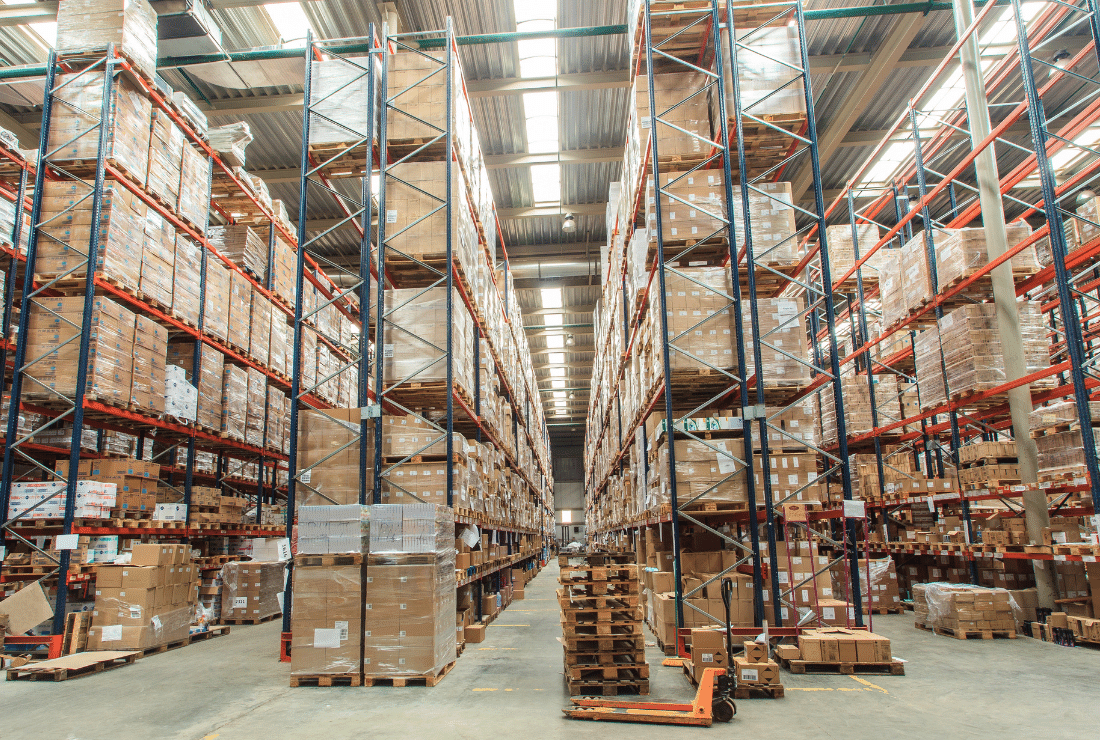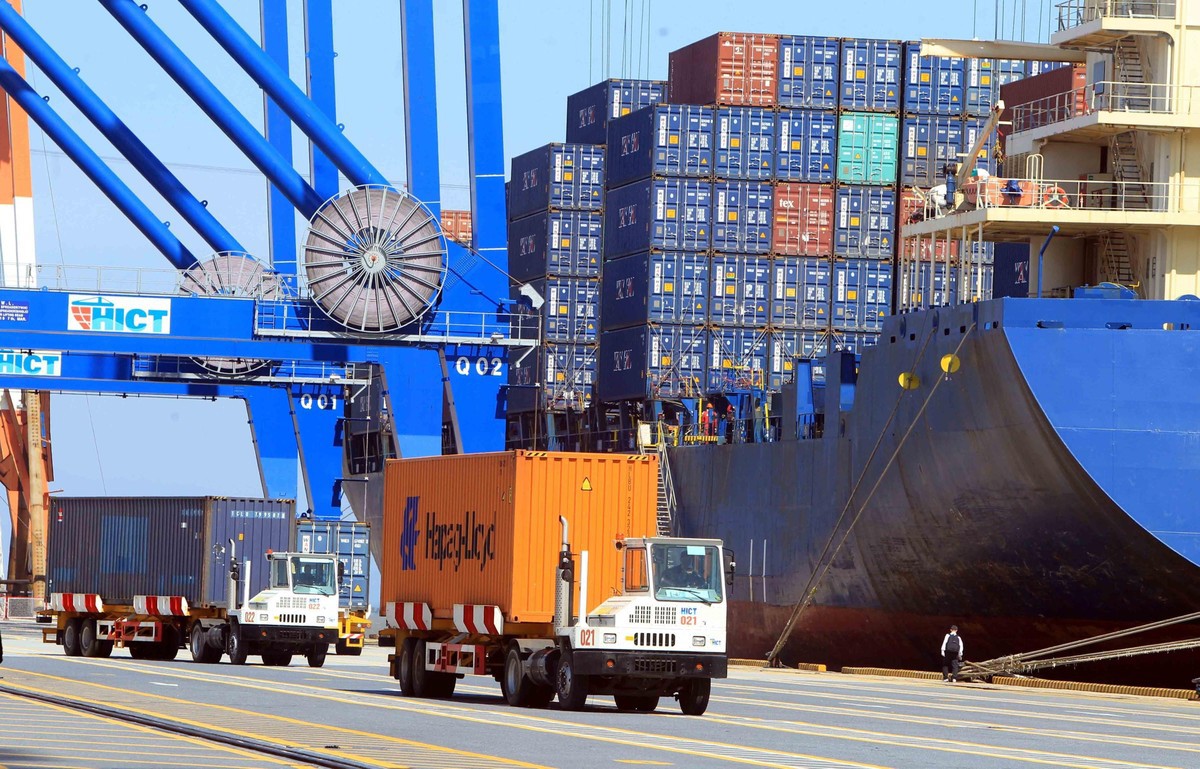E-commerce logistics is expected to exceed 3,221 billion USD in 2033
Friday, 29/03/2024
Administrator
1477
Friday, 29/03/2024
Administrator
1477
CAGR is expected to reach 17.8% in 2033, equivalent to more than $3.2 trillion, an increase of nearly $2.7 trillion compared to 2022.
E-commerce logistics gradually shows signs of growth as supermarkets and retailers gradually shift to operate as micro-distribution centers. The booming cross-border e-commerce also contributes to the market. This model is currently quite popular in the US, China, Australia, Mexico and India.
In which, China, India and Europe are the world's leading garment exporters. France and the United States are leading exporters of cosmetics and personal care products.
Particularly in the Asia-Pacific region, the e-commerce logistics market is increasingly showing rapid growth in some major powers. Among them is China with an estimated CAGR of 19.6% in the period of 2023-2033.
Customer demand for cross-border e-commerce increases as per capita income improves. Foreign brands become more accessible. As a result, trade corridors, also known as interconnected transport networks that enhance trade, including integrated infrastructure such as trains and roads connecting countries, are also consolidated and developed.
Experts say that the logistics chain is very important in cross-border e-commerce. The flow of goods is highly dependent on transportation and distribution networks. With the expansion of this field, the demand for e-commerce logistics is predicted to grow strongly in the next 10 years.
In addition, some other factors affecting the growth of the market pointed out by experts include the increase in cross-border e-commerce transactions and the development of companies in this industry. In addition, distribution facilities such as supermarkets and convenience stores also contribute to market expansion.
Specifically, due to the strong increase in shopping demand, the pressure to process shipping orders also increased. The store owners have moved the warehouse near the residential area to save time. Many businesses and supermarkets have researched to turn their stores into mini distribution centers, helping to speed up the delivery process.
Meanwhile, large e-commerce companies focus on building small supermarkets, speeding up the product distribution process. Since February 2018, Amazon has announced that Prime members in four US cities, Austin, Cincinnati, Dallas and Virginia, can receive goods at mini supermarkets like Whole Foods Market IP, L.P... just two hours after placing the order successfully.



